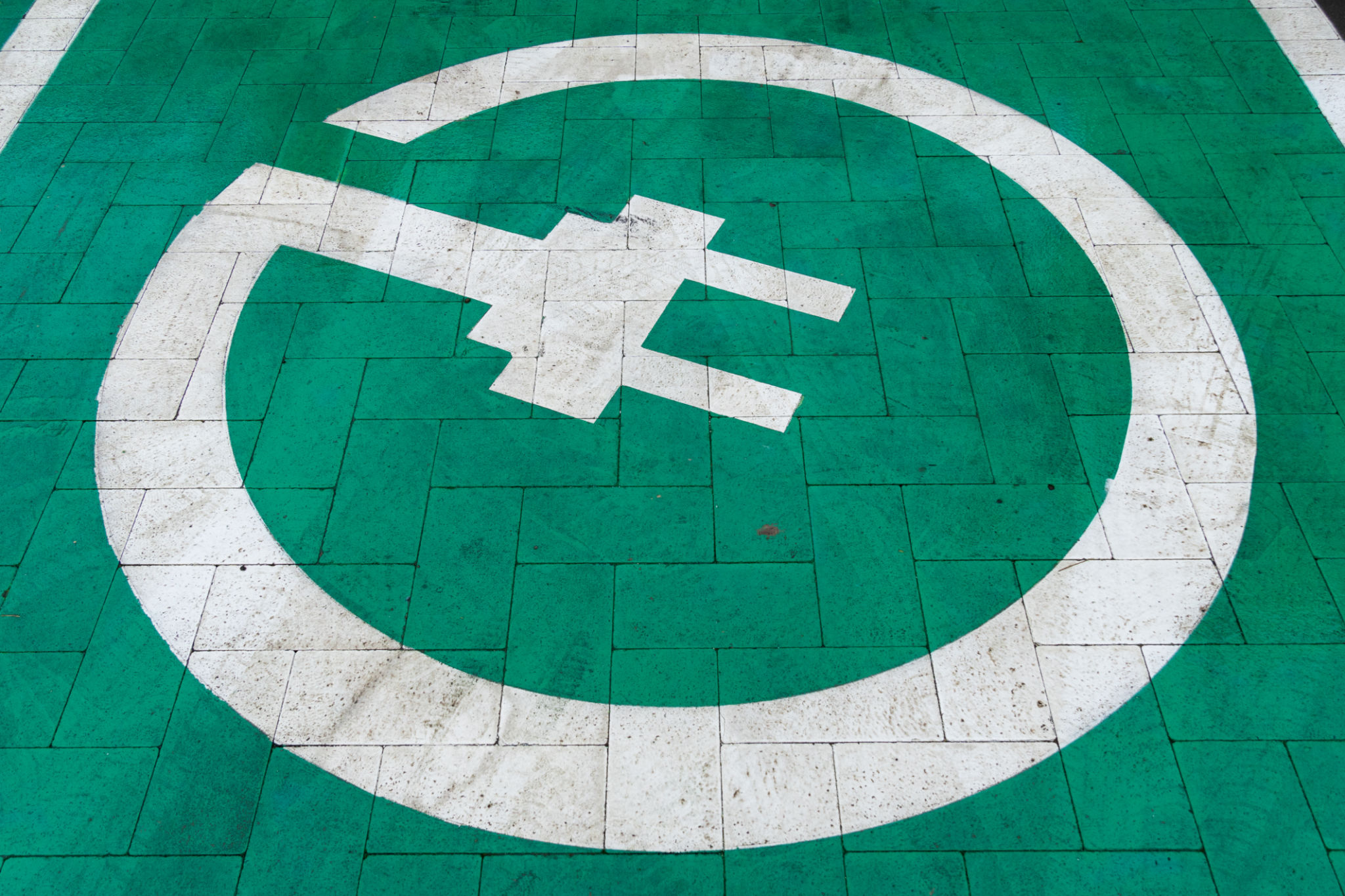Myth-Busting: Common Misconceptions About Community Electrification
Understanding Community Electrification
Community electrification is a crucial step in empowering remote and underserved areas. However, misconceptions about the process often create unnecessary barriers. This blog post aims to debunk common myths and shed light on the realities of community electrification.

Myth 1: It's Too Expensive
One of the most prevalent myths is that community electrification is prohibitively expensive. While the initial investment can be significant, the long-term benefits often outweigh the costs. Electrification enhances economic opportunities, improves education, and boosts healthcare services, leading to a more sustainable community development.
Myth 2: Renewable Energy Is Not Reliable
Many people believe that renewable energy sources, such as solar or wind, are unreliable. In reality, these technologies have advanced significantly. Modern systems can provide consistent power and are increasingly being used in off-grid applications worldwide. Battery storage solutions further enhance reliability.

Myth 3: Electrification Only Benefits Urban Areas
Another misconception is that electrification efforts are focused solely on urban areas. In fact, rural electrification programs are a priority for many governments and organizations, aiming to provide equal opportunities for all. These projects often use decentralized power systems tailored to the specific needs of rural communities.
Myth 4: It’s Only About Providing Power
Community electrification is not just about providing power; it's about transforming lives. Access to electricity enables better education through digital learning tools, improved healthcare with powered medical equipment, and increased safety with street lighting. It lays the foundation for socioeconomic growth.

Myth 5: Electrification Projects Are Not Sustainable
Sustainability is a key concern, but many electrification projects are designed with this in mind. By incorporating renewable energy sources and engaging local communities in the planning and maintenance processes, these projects ensure long-term sustainability and community ownership.
Conclusion
Understanding the realities of community electrification helps in dispelling myths and promoting informed discussions. By addressing these misconceptions, we can better support initiatives that aim to bring electricity to those who need it most, ultimately fostering inclusive and sustainable development worldwide.
